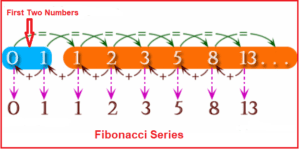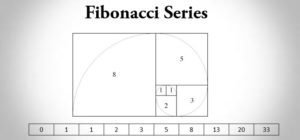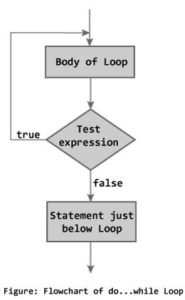Last updated on March 21st, 2024 at 05:39 am
What is Java?
Java is a programming language that was developed by James Gosling in Sun Microsystems in the year 1995. The aim of designing Java was to support a digital Television screening; ultimately it was found out that Java was developed advanced to just be used for a TV network. The first version of Java 1.0 was released in the year 1996.
The latest version of Java is 14 that launched in the year 2020. Presently, innumerous applications are existing on the internet which won't work without the support of Java. Usage of Java has also been considered beneficial in Artificial Intelligence.
 Beginners in this field may enrol for a Java Programming Training in Analytics.
Beginners in this field may enrol for a Java Programming Training in Analytics.
Principles of Java
When Java was developed, it came out with a certain set of goals or the principles. These principles have to be followed while programming in Java.
The Principles of Java are:
- It must be simple, object-oriented and familiar.
- It must be robust and secure.
- It must be architecture-neutral and portable.
- It must be interpreted, threaded and dynamic.
- It must execute with high performance.
Some Java-based Applications
Java has encapsulated most of the functions in web-based applications. Some of the fields covered by Java are:
- Java Desktop GUI Applications
- Java Mobile Applications
- Java Web-based Applications
- Java Web Servers and Application Servers
- Java Enterprise Applications
- Java Scientific Applications
- Java Gaming Applications
- Java Big Data Technologies
- Java Business Applications
- Java Distributed Applications
- Java Cloud-based Applications
What is the Fibonacci Series?
Fibonacci is the concept which is found to have appeared in Indian History in a connection with Sanskrit Prosody. This concept was given by Parmanand Singh in 1985.
Fibonacci series is a series of some integers, where the Nth term is equal to the sum of N-1th and N-2th (last two terms). The first two numbers in the Fibonacci series are supposed to be 0 and 1 and each of the subsequent terms of the series is the sum of the previous two terms.
An example of Fibonacci series can be:
0, 1, 1, 2, 3, 5, 8, 13, 21, 34, 55, 89…..

Algorithm to Generate Fibonacci Series
While generating a Fibonacci Series, some of the key points need to be focused on. Following is the algorithm to program a Fibonacci Series:
- First two terms of Fibonacci Series need to be 0 and 1.
- The last two terms of Fibonacci series have to be stored in “last” and “second last” integer values.
- The current term of Fibonacci series is always equal to the sum of “last” and “second last” term.
- The last and the second last integers need to be updated as Second Last= Last and Last= Current.
Ways to Write Fibonacci Series in Java
When writing a series in Java, recursion plays a vital role. The coding has to be done with or without the usage of recursion. Some of the programmers may just consider the use of recursion while coding Fibonacci series in Java but writing Fibonacci in Java without recursion is also a great way of coding which gives out amazing outcomes.
The two main ways of writing and displaying the Fibonacci series in Java are listed below:
- Fibonacci Series without using recursion
- Fibonacci using recursion
Ways to Display Fibonacci Series in Java
When it comes to the Display of Fibonacci series, it can be generally done by two ways in Java. Both the ways are listed down below:
- Fibonacci using For Loop
 Fibonacci using While Loop
Fibonacci using While Loop Application of Fibonacci Series
Application of Fibonacci Series
Fibonacci is used in various application systems. It is used for interconnecting the parallel and distributed systems. It can also be used in the following ways:
- Computer algorithms are known as Fibonacci Search Technique and Fibonacci Heap Data Structure.
- A certain specific type of graphs and tables particularly known as Fibonacci Cubes.









